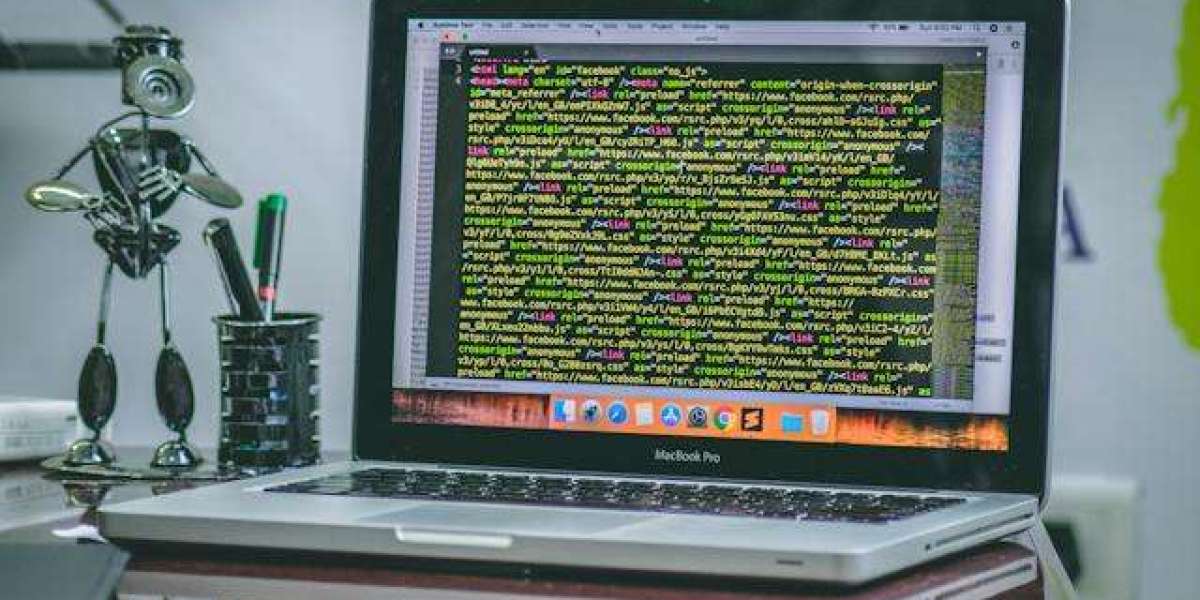Introduction
So, you've decided to plunge into the fascinating world of coding, huh? Buckle up, my friend, because you're about to embark on a rollercoaster ride that will challenge your brain, ignite your creativity, and maybe even make you question your sanity at times! Fear not, though, for this ultimate guide is your trusty companion on this wild journey. From the absolute basics to the lofty heights of coding mastery, we've got you covered!
Chapter 1: Decoding the Basics
1.1 Cracking the Code Jargon
Before diving headfirst into the coding universe, let's demystify the jargon that often feels like an alien language. Don't worry; we won't throw you into the deep end without a life jacket!
Algorithm: It's not some fancy cocktail; it's just a step-by-step set of instructions for solving a problem. Think of it as a recipe for coding success!
Syntax: Nope, not a grammar lesson! Syntax in coding is all about the rules that dictate how your code should be written. Miss a semicolon, and your code might throw a tantrum!
Variable: Think of variables as containers holding values. Like a box where you stash your favorite snacks – only in the coding world, these snacks are numbers or text!
1.2 Choosing Your Weapon: Programming Languages
Okay, so you've got the lingo down. Now, which programming language should you start with? It's like choosing your wand at Hogwarts – crucial, but not as magical. Here's a quick rundown:
Python: The friendly neighborhood Spiderman of coding languages. It's readable, versatile, and widely used, making it a fantastic starting point for beginners.
JavaScript: The superhero of web development. If you dream of creating interactive websites, JavaScript is your sidekick.
Java: Not to be confused with your morning coffee fix! Java is the foundation for Android apps, making it a powerful language to learn.
Chapter 2: The Art of Debugging
2.1 Embracing Errors
Errors in coding are like puzzle pieces refusing to fit. But fear not, young coder! Debugging is the art of fixing those pesky errors, and everyone, from novices to seasoned ninjas, does it.
Syntax Errors: The grammar police are on patrol! These errors occur when you violate the rules of the programming language – maybe you forgot a parenthesis or misspelled a command.
Logic Errors: Your code runs, but it's like a GPS leading you to Narnia instead of Nando's. Logic errors mess with your code's logic, causing unexpected outcomes.
2.2 Debugging Tools
You're not expected to fix everything with sheer willpower. Debugging tools are your sidekicks in this battle against bugs. Here are some trusty companions:
Print Statements: The Sherlock Holmes of coding. Insert print statements strategically to trace the culprit causing mayhem.
IDEs (Integrated Development Environments): These are your superhero suits, equipped with debugging tools, auto-completion, and more. Examples include Visual Studio Code and PyCharm.
Chapter 3: Writing Your First Code
3.1 Hello World!
Every coder's initiation ritual involves the sacred "Hello World" program. It's like saying "Open Sesame" to the coding kingdom. Brace yourself; it's about to get real!
print("Hello World!")Congratulations, you've just summoned the programming spirits! But wait, what does this code do? Well, it's like shouting from the mountaintop, "Hey world, I'm here!"
3.2 Variables and Data Types
Now that you've dipped your toes, let's wade a bit deeper. Variables and data types are the building blocks of coding. Think of them as Lego pieces, and you're about to construct your coding masterpiece!
Variables: Containers, remember? You store data in them – numbers, names, or even your secret pizza recipe.
Data Types: The flavors of coding. Numbers, strings (text), and booleans (true or false) are the essential scoops in your coding ice cream.
Chapter 4: Navigating the Coding Sea
4.1 Git and GitHub
Ahoy, matey! Welcome to the vast coding sea where version control is your compass. Git and GitHub are the pirate ships you need to sail through this ocean of code changes.
Git: Your local sailor. It tracks changes in your code, helping you revert to previous versions if the sea gets stormy.
GitHub: The treasure island. It's where you store your code online, collaborate with other pirates, and showcase your coding booty to the world.
4.2 Understanding APIs
APIs (Application Programming Interfaces) are the secret passages in the coding labyrinth. They allow different software systems to communicate. It's like ordering pizza through an app – you send a request, and the API delivers the delicious code pizza.
Chapter 5: Mastering the Ninja Moves
5.1 Algorithms and Data Structures
Time to level up! Algorithms and data structures are the nunchucks and shurikens in a coder's arsenal. Mastering them turns you from a coding Padawan to a full-fledged Jedi.
Algorithms: Efficient problem-solving strategies. It's not about reinventing the wheel but optimizing its rotation!
Data Structures: The containers (again!) where you organize and store your data. Arrays, linked lists, and trees are your coding Lego bricks.
5.2 Diving into Frameworks
Frameworks are like cheat codes in the coding game. They're pre-built structures that make your life easier. Here are a couple of heavy hitters:
Django (Python): The Iron Man suit for web development. It streamlines the process, allowing you to focus on creating, not reinventing.
React (JavaScript): The magician's wand for user interfaces. React makes building interactive and dynamic interfaces a breeze.
FAQs (Frequently Asked Questions)
Q1: Can I learn coding without a computer science background?
Absolutely! Coding is for everyone, not just tech whizzes. Start with the basics, and you'll be slinging code like a pro in no time!
Q2: How long does it take to become a coding ninja?
Patience, young grasshopper. The journey varies, but with consistent practice and dedication, you'll be unleashing your coding kung fu sooner than you think!
Q3: Is coding just for making websites and apps?
Nope! Coding is a versatile skill. From analyzing data to automating tasks, the possibilities are endless. You could even code your smart coffee maker to brew your favorite cuppa!
Conclusion
And there you have it – your roadmap from a coding novice to a full-fledged coding ninja! Remember, the path may be rocky, but every bug you conquer, and every line of code you write, brings you closer to mastery. So, grab your coding sword, don your virtual ninja attire, and let the coding adventure begin! May the loops be ever in your favor!



